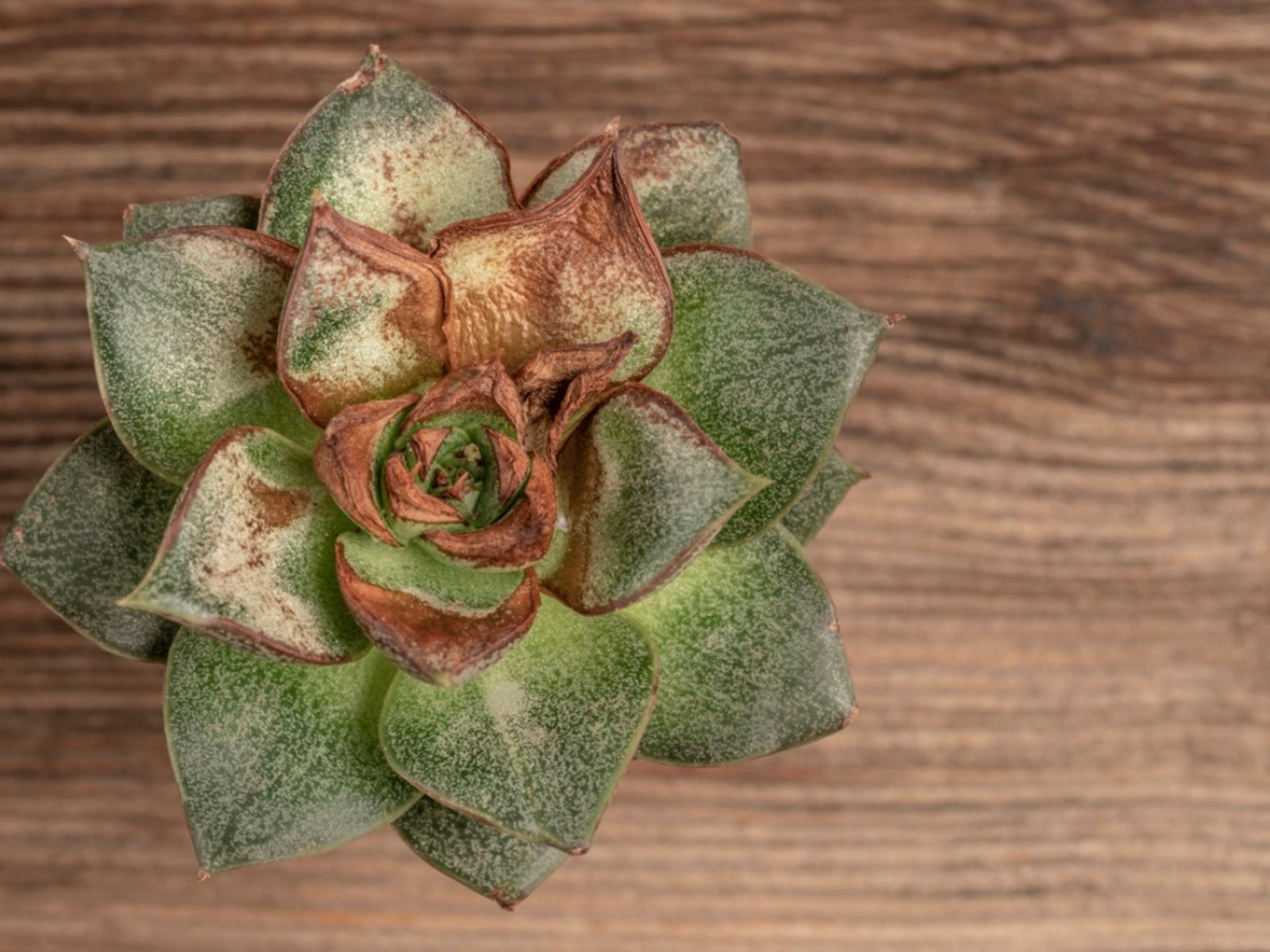Saving Dying Succulents – How To Fix My Dying Succulent Plant


Succulents are among the easiest plants to grow. They are perfect for new gardeners and require little special attention. Occasional problems do arise though, so knowing how to revive succulents that have been neglected is an important part of their care. The method of reviving succulents will depend upon what the issue was that made them unhealthy.
If you are wondering "how to fix my dying succulent," you are in the right place.
Can You Save a Dying Succulent?
Succulents (including cacti) have so many fascinating forms, sizes, and colors that make them a perfect plant for almost any taste. Sudden decline in their health is usually due to water concerns but occasionally can be from pest or disease issues. Saving dying succulents starts with figuring out what started their deterioration so you can remedy the problem.
Does your aloe or cactus look a bit sad? The good news is that succulents are very hardy and versatile. While the plant's diminish may have you a bit panicked, in most cases, reviving succulents is quite easy and the plant will turn around quickly. They are adapted to living in very specific, and often harsh, conditions.
First off, what type of succulent do you own? Is it a desert plant or tropical succulent? Since watering is the usual cause for their decay, you should determine if the plant has been over or under watered. If the stem is mushy or rotting, it’s probably overwatered. If the leaves are puckered, the plant needs more water. Don't worry if there are dry, dying leaves at the base. This is normal as the plant produces new leaves.
How to Fix My Dying Succulent
Make sure the plant is in a well-draining medium. If in a container, it should have drainage holes. Insert a finger into the soil up to the second knuckle. If the soil is moist or cool, the plant is adequately watered. If it is super wet, the succulent needs to dry out and should probably be removed from the soil and repotted or planted in a dryer situation.
Excess water commonly causes decay in succulents. They are known for drought tolerance but still need water, like any other plant. Use a moisture meter to get it just right. If the plant's medium is bone dry due to neglect or forgetfulness, soak it in a larger container of water to get soil moist.
Sign up for the Gardening Know How newsletter today and receive a free copy of our e-book "How to Grow Delicious Tomatoes".
How to Revive Succulents from Other Causes
Succulents can be moved outdoors in summer in most climates. However, they can get sunburned, frozen, or attacked by insects. If you see insects, use an organic horticultural soap to remove the pests.
If your plant experienced a freeze, remove any collapsed or mushy leaves. If the plant leaves are scorched, remove the worst ones and change the lighting for the plant.
In most cases, saving dying succulents is rather simple. Provide good care after they experience an "event" that created their weakness. If all else fails, preserve a good leaf or stem fragment, allow it to callus, then plant in succulent mix. This part of the plant will take off quickly, allowing you to preserve the species.

Bonnie Grant is a professional landscaper with a Certification in Urban Gardening. She has been gardening and writing for 15 years. A former professional chef, she has a passion for edible landscaping.